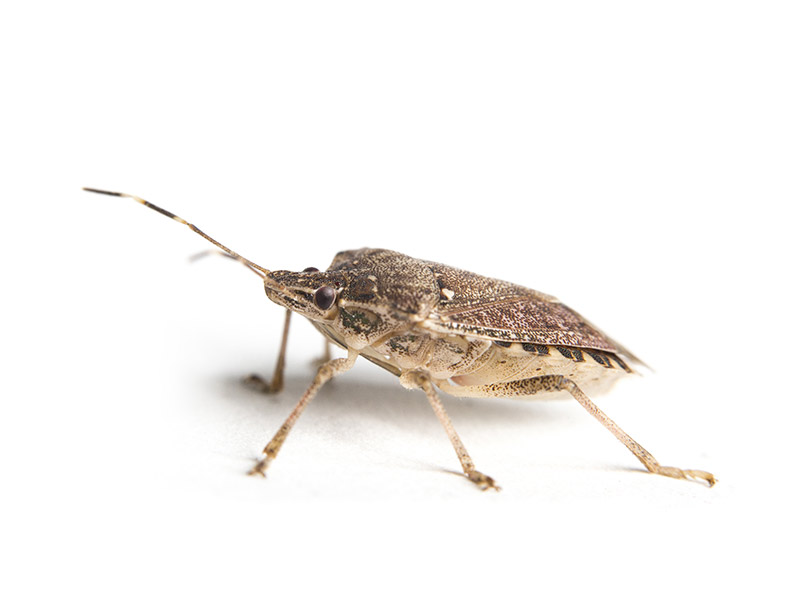Eliminate pests with the best Pest Control on the market.
Eco-Friendly Insect Control Approaches for Managing Wild Animals in Urban Locations
Urban areas frequently locate themselves at the junction of human task and wildlife, leading to distinct difficulties in parasite management. These strategies not just safeguard the setting yet also enhance community engagement in wild animals administration. As metropolitan populations proceed to expand, comprehending the characteristics of wildlife interactions becomes progressively crucial.
Understanding Urban Wildlife Dynamics
Comprehending Urban Wild animals Characteristics is important for developing reliable and eco-friendly bug control approaches. Urban locations are significantly coming to be habitats for various wild animals types, driven by variables such as habitat fragmentation, food availability, and human infringement. Identifying these dynamics permits a nuanced method to pest management that aligns with environmental principles.
Urban wild animals frequently consists of varieties such as raccoons, squirrels, and birds, which adjust to city settings, discovering niches in eco-friendly areas, parks, and also houses. Their visibility can bring about conflicts with people, especially when they exploit personnels for food and sanctuary. Understanding the habits and ecological duties of these species notifies techniques that reduce negative communications while advertising biodiversity.
Additionally, recognizing the interdependencies within city ecosystems assists in identifying important locations for habitat preservation and reconstruction. This expertise contributes to the development of incorporated bug monitoring (IPM) methods that consider the eco-friendly balance, thus decreasing dependence on harmful chemicals. By fostering coexistence between people and metropolitan wildlife, cities can create healthier atmospheres that profit both citizens and neighborhood ecological communities, leading the way for lasting city living.
Natural Repellents and Deterrents
All-natural repellents and deterrents use a sustainable option to standard insect control techniques by utilizing the power of nature to keep unwanted types away. These green solutions typically make use of plant-based ingredients, essential oils, and other normally taking place materials that deter insects without harming the setting.
One effective natural repellent is peppermint oil, which is understood to fend off rodents and bugs. Its solid fragrance is undesirable to many bugs, making it a preferred option for urban settings. Likewise, vinegar and citrus peels can function as deterrents, as their solid odors are normally unappealing to numerous wild animals.
Furthermore, diatomaceous earth is an all-natural powder that can be spread out in locations susceptible to insect task, successfully dehydrating and deterring bugs without presenting threats to non-target species. Additionally, garlic sprays and neem oil are identified for their capacity to ward off a variety of pests, consisting of both bugs and larger wildlife.
Implementing these natural repellents not just lowers reliance on chemical pesticides but also promotes a much healthier urban environment, fostering a much more balanced conjunction in between humans and wildlife. By using these techniques, urban locations can efficiently take care of pest populaces while reducing ecological influence.
Habitat Modification Strategies
Effective environment adjustment strategies play an essential function in sustainable insect administration by changing the atmosphere to make it much less for pest infestations. By understanding the environmental dynamics of metropolitan areas, homeowner can execute strategic modifications that deter insects while promoting biodiversity.
(Interior Pest Control)One key strategy involves keeping proper sanitation. This includes regular waste removal, protecting trash bins, and eliminating standing water to minimize breeding sites for pests and rodents. Furthermore, landscaping methods such as selecting native plants can boost environmental balance, providing environments for advantageous microorganisms while minimizing sources for pests.
Another essential strategy is to secure access factors in structures. Checking and repairing cracks in structures, wall surfaces, and home windows can dramatically minimize parasite gain access to. Creating physical barriers, such as fences or plant buffers, can inhibit wildlife motion right into human-inhabited areas.
Integrated Pest Monitoring Practices
Building upon habitat adjustment methods, integrated insect administration (IPM) practices offer an all natural technique to managing bug populations while decreasing environmental effect. IPM integrates numerous strategies, consisting of organic, social, mechanical, and chemical controls, to accomplish efficient pest management.
Biological control entails the introduction of all-natural predators or parasites to lower insect populaces. Social practices, such as crop rotation and hygiene, interrupt pest life process and reduce their habitats - Pest control service. Mechanical controls, like catches and barriers, provide prompt remedy for insect pressures without chemical treatment
Chemical controls are made use of as a last resort, focusing on targeted applications that limit damage to non-target types and the environment. The choice of eco-friendly chemicals, when needed, is integral to the IPM framework. Additionally, monitoring bug populaces and analyzing prospective damage helps inform decision-making, making sure that treatments are prompt and efficient.
Area Participation and Education

(Earwig control Port Charlotte)Workshops and educational sessions can equip homeowners with knowledge about native species, habitat preservation, and efficient safe bug administration methods. Partnership with schools, local organizations, and government companies additionally enhances instructional outreach, making certain that crucial information gets to varied audiences.
Furthermore, community-led efforts, such as neighborhood clean-up days and habitat repair jobs, not only advertise biodiversity yet likewise enhance area ties. Pest control service. By encouraging citizens to share their experiences and monitorings, communities can establish targeted methods that deal with specific neighborhood insect issues
Integrating feedback from locals into insect monitoring prepares allows a more responsive and flexible technique to wild animals challenges. Inevitably, informed and involved areas are vital to achieving long-lasting success in green parasite control, causing healthier city environments that value both human and eco-friendly requirements.

Conclusion
In final thought, environment-friendly pest control comes close to deal lasting options for managing urban wild animals. By prioritizing environment alteration, using natural repellents, and implementing integrated bug administration practices, neighborhoods can foster a harmonious coexistence with regional animals.